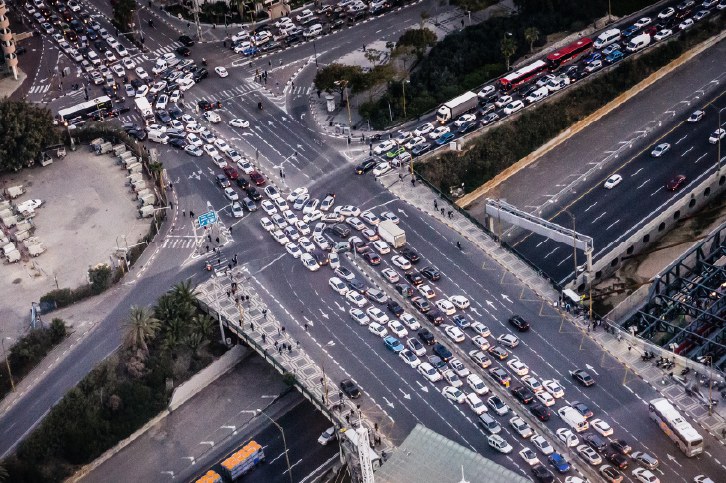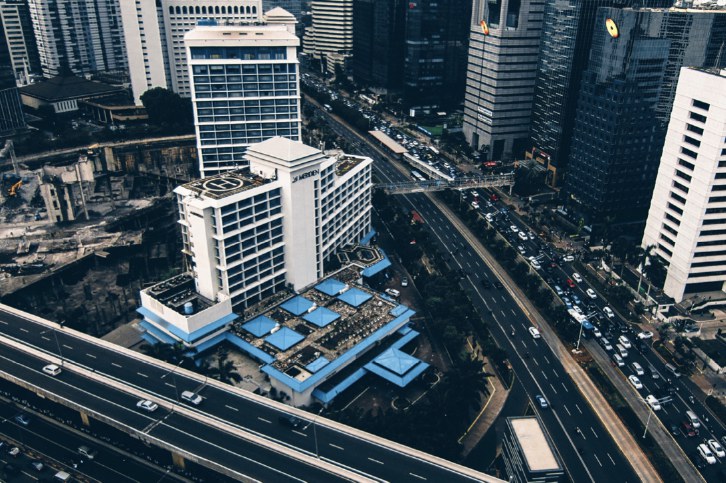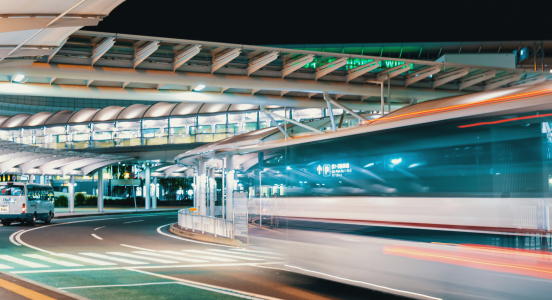Intermodal and Integrated Service Planning
As of 2021, there has been a strong recovery of public transport companies around the world in the different forms of mobility. This is due to the growth in demand for the service from passengers to return to the pre-covid level or to adapt the service offerings to the new requirements demanded.
The goal of this recovery is to support transport operators by providing optimized planning services and to increase the attractiveness of the service by building a service that is competitive with other forms of travel.
How to increase service attractivity?
By increasing intermodality, interoperability, and the entire offer of transport services, and by creating a service that is linked with other transport players in the area to provide integrated mobility that passengers can easily access.
It is important to increase the quality of the service, but at the same time, trying not to increase its operating costs.

What strategies can be put in place to increase service quality?
The strategies that are used are as follows:
– Urban corridors: Public transport networks in which various lines may share routes, stops, or be linked together with contiguous or nearby routes. In these cases, it is possible to plan the service with an overview at the level of frequencies, passengers to serve, vehicles available, or origin/destination provided that offers a better experience for citizens and reduced operating costs for the operating company (in terms of a number of vehicles and inoperative dwell times).
– Alternating between different lines, the balancing of trips on multiple terminuses. The goal is to create regularity of the service for lines that originate from different terminuses but reach the same point. Create the right alternation taking into account the demand that the same line intercepts, however, always trying to balance the settlements in such a way as to lead the users not to have to wait too long at the stop, and intercept the right line without wrong origin or destination.
– Regularizing frequency between vehicles, that is, optimizing schedules on multiple lines that have common routes. The goal is to regularize the frequency between vehicles so as to conserve resources and increase perceived service offer. Being able to share vehicles between different lines minimizes the impact with respect to the resources the company can make available.
– Feeder trips: Create main lines and defined last-mile lines. Create connections between different services, while also taking variability into account. The goal is to bring passengers to lines with large capacity.
The MAIOR Suite
These strategies alone, however, are not enough, so the MAIOR Suite includes powerful tools that when combined with strategies enable operators to create effective and efficient services.


